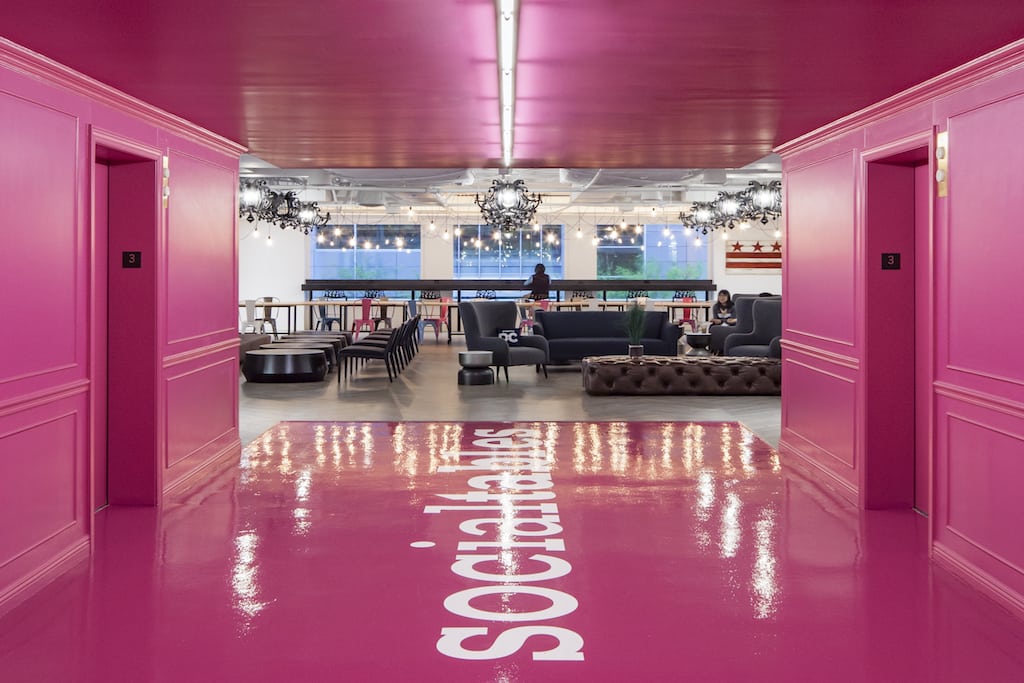Cvent Buys Social Tables as Event Tech Consolidation Escalates

Skift Take
Cvent is working methodically to expand its offerings in the small meeting space by acquiring Kapow and now Social Tables. Social Tables found success streamlining obvious pain points for planners, which is something Cvent can learn from.
Consolidation has been a constant in the event technology sector, as large players have worked to shore up their platforms with smaller competitors offering a diverse variety of services.
Event technology giant Cvent on Tuesday announced it bought Social Tables, the Washington, D.C.-based event technology platform founded by Dan Berger in 2011. The value of the transaction was not disclosed, but pegged by Washington Business Journal as more than $100 million.
[Update: Skift has come to understand the particulars of the deal as described in the Washington Business Journal are accurate. Previous reporting on the potential size and structure of the deal has been removed.]
Social Tables has raised $22.5 million in funding since its inception, according to Crunchbase, most recently a $13 million Series B round led by QuestMark Partners i
